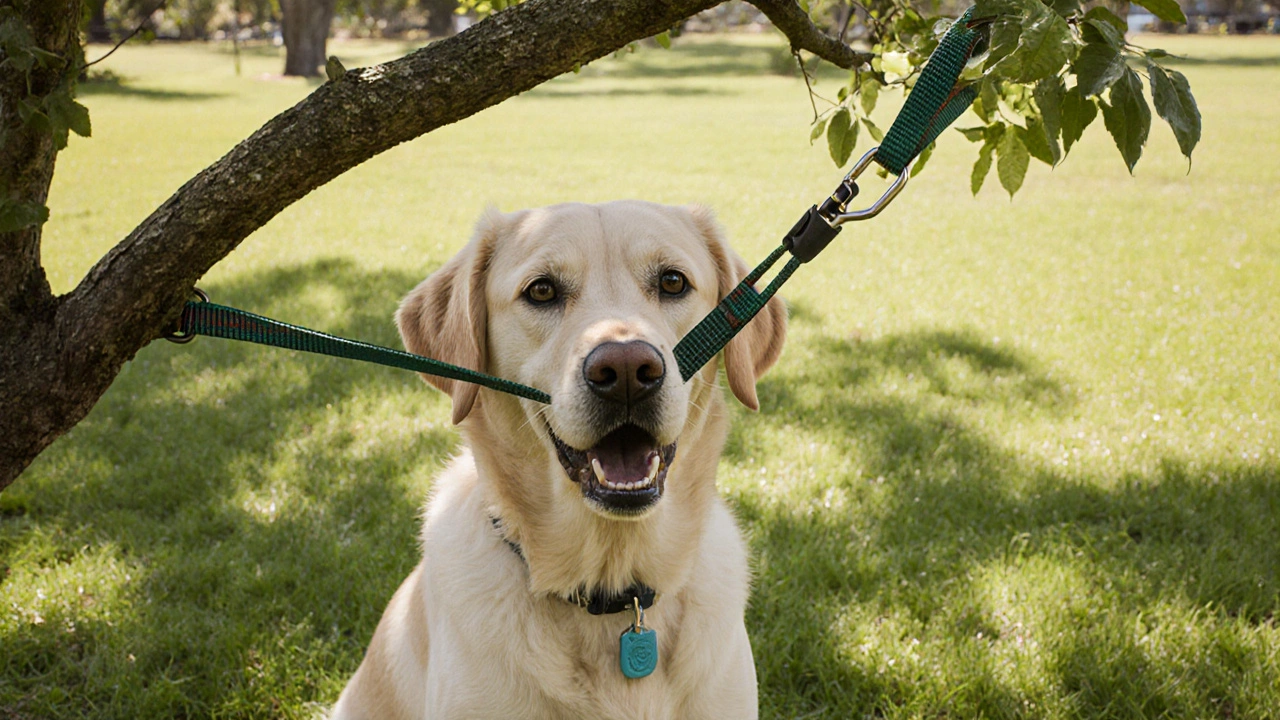Pet Collar Safety: What Vets Say About Dog Collars, Harnesses, and Risks
When it comes to pet collar safety, the way you secure your dog’s leash can affect their spine, trachea, and long-term mobility. Also known as dog collar safety, it’s not just about keeping your dog leashed—it’s about protecting their body from everyday wear and tear. Many owners assume a collar is fine because it’s been used for years, but that’s like assuming a seatbelt is safe just because you’ve never had an accident.
dog collar, a simple loop around the neck, is still common but carries hidden risks. Also known as neck collar, it puts direct pressure on the trachea, thyroid, and cervical spine every time your dog pulls. That’s why vet recommendation, from practices across the UK, increasingly favors harnesses over collars for daily walks. Also known as dog walking safety gear, a well-fitted dog harness, a device that distributes force across the chest and shoulders. Also known as chest harness, reduces strain on the neck by redirecting pull to stronger muscles. Studies from veterinary colleges show collar-related injuries—like tracheal collapse in small breeds—are rising, especially in dogs that pull or are walked with choke or prong collars.
It’s not just about pulling, either. A collar can snag on fences, branches, or even your own furniture. Dogs that jump, twist, or play rough are at risk of choking or neck bruising. Even a loose collar can tighten dangerously during a sudden lunge. And if your dog has respiratory issues—like brachycephalic breeds such as Bulldogs or Pugs—a collar can make breathing harder. That’s why many vets now suggest switching to a harness from day one, even for puppies.
You don’t need to ditch your collar entirely. Collars still work fine for ID tags and quiet walks in safe areas. But for daily walks, training, or any activity where your dog might pull, a harness is the safer choice. Look for ones that fit snugly but let you slip two fingers under the straps. Avoid ones that rub or dig in. And always check for wear—frayed straps or broken clips can fail when you need them most.
What you’ll find below are real, practical guides from dog owners and vets who’ve seen the damage collars can do—and what works better. From how to fit a harness correctly, to why some collars are outright dangerous, to what to do if your dog already has neck damage, these posts give you the facts without the fluff. No guesswork. No marketing hype. Just what you need to keep your dog safe on every walk.
Are Breakaway Collars Necessary for Dogs? Here's What Pet Owners in New Zealand Need to Know
Breakaway collars can save your dog's life if they get caught on something. Learn when they're necessary, how to choose the right one, and why they're not just for small dogs.
